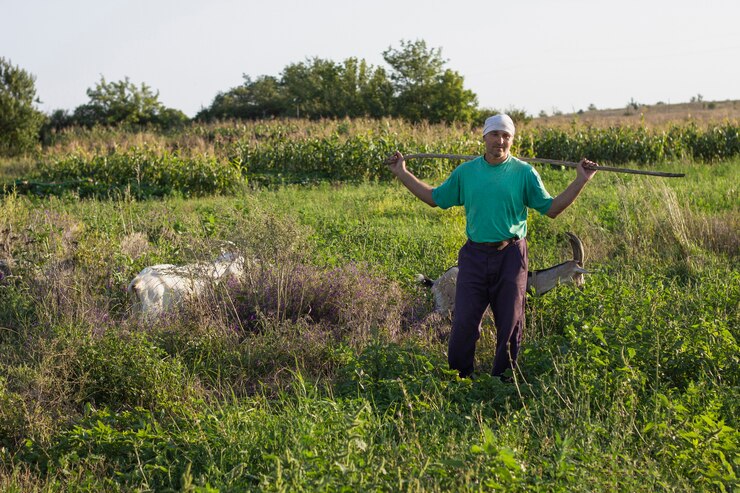Rangeland and veld management are essential for promoting sustainable grazing practices. Effective management strategies ensure the long-term productivity and ecological integrity of grazing lands while supporting the livelihoods of farmers and herders. Here are some key principles and practices for sustainable grazing on rangelands and veld:
- Monitoring and Assessment: Regular monitoring and assessment of rangeland conditions are crucial. This involves evaluating vegetation cover, species composition, soil health, and water availability. Monitoring helps identify areas at risk of degradation and guides management decisions.
- Grazing Planning: Develop a comprehensive grazing plan that considers the carrying capacity of the land, seasonal variations in forage availability, and the specific needs of the livestock. Implement rotational or rest grazing systems to allow vegetation recovery and prevent overgrazing.
- Carrying Capacity: Determine the carrying capacity of the rangeland or veld, which is the maximum number of livestock that can be sustained without causing degradation. Adjust stocking rates based on seasonal changes and the availability of forage resources.
- Range Improvement: Implement range improvement practices such as reseeding native grasses, controlling invasive plant species, and establishing windbreaks or shelter belts. These actions enhance forage quality and quantity, biodiversity, and resilience to drought or other disturbances.
- Water Management: Develop water sources and manage them effectively to ensure adequate supply for livestock and wildlife. Properly managed water points can minimize erosion, concentrate grazing in specific areas, and reduce pressure on fragile habitats.
- Fencing and Herd Management: Strategically place fences to control livestock movement, protect sensitive areas, and promote even grazing. Consider herd composition, including age and sex ratios, to manage grazing pressure effectively and prevent overuse in specific areas.
- Fire Management: Use controlled burning as a tool to manage vegetation composition and structure. Prescribed fires can help control invasive species, stimulate new growth, and enhance nutrient cycling. Careful planning and implementation are crucial to avoid unintended consequences.
- Community Engagement: Involve local communities and stakeholders in decision-making processes, recognizing their traditional knowledge and ensuring their participation. Collaborative management approaches foster a sense of ownership, promote sustainable practices, and help address conflicting land-use interests.
- Adaptive Management: Continuously reassess and adapt management strategies based on monitoring results, climate variability, and ecological feedback. Flexibility and learning from past experiences are essential to improve grazing practices over time.
- Education and Training: Provide farmers, herders, and land managers with the necessary knowledge and skills to implement sustainable grazing practices. Training programs and information sharing platforms can promote best practices and support the adoption of sustainable management approaches.
It’s important to note that rangeland and veld management should be tailored to local conditions and take into account specific ecological, social, and economic factors. Working with local experts, agricultural extension services, and research institutions can provide valuable guidance for implementing sustainable grazing practices in a given region.
Join 'Farmers Mag' WhatsApp Channel
Get the latest Farming news and tips delivered straight to your WhatsApp
CLICK HERE TO JOIN






